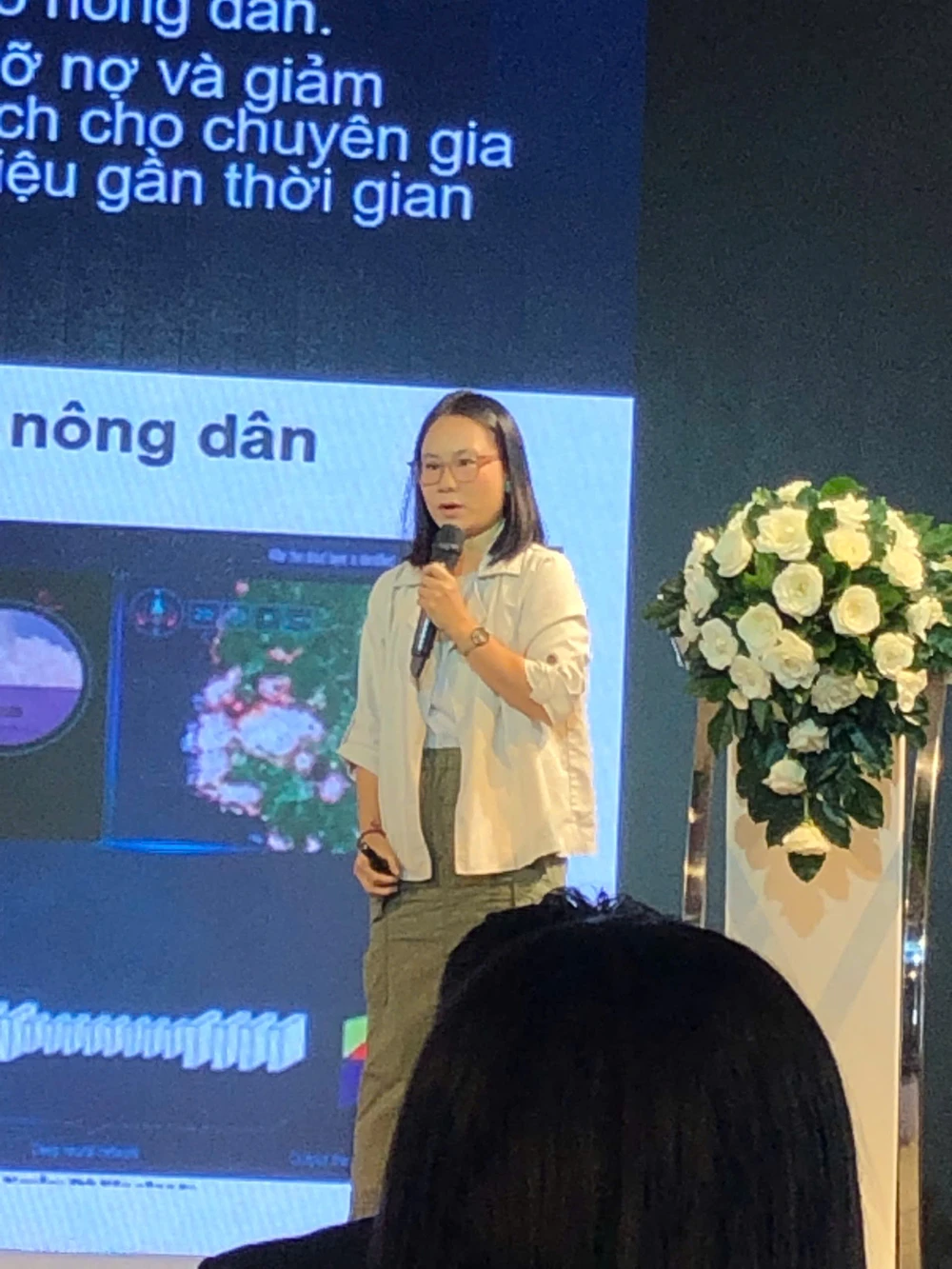
Lessons from MyBank in China
A compelling example of green financing through technology comes from China’s MyBank, a digital bank that employs fintech to extend green credit to SMEs. In rural China, farmers typically earn less than urban dwellers, a phenomenon similar to that in Vietnam. These rural farmers lack formal credit histories, creating a challenge for conventional lending. Additionally, cultural factors, such as a reluctance to take on debt due to a perception that it’s shameful, present additional hurdles.
MyBank discovered that despite these barriers, rural farmers often have stable annual incomes and are even able to send their children to urban schools. However, they have been underserved by financial solutions that bypass traditional credit history. To address this, MyBank turned to secondary market data to evaluate creditworthiness in place of traditional credit histories. Examples of alternative data sources include land contracts, product distribution records, and invoices for agricultural equipment—each offering insights into the risks associated with their products and helping MyBank develop viable credit profiles for these borrowers.
The application process is straightforward: a farmer registers for a loan through MyBank’s app and delineates the boundaries of their agricultural land on the platform. MyBank’s system, called Tomtit, then takes over, processing this data using satellite technology and artificial intelligence (AI). The Tomtit system employs remote sensing and image recognition to estimate crop yields and assess the risks associated with each loan. This technology enables MyBank to verify crop types and monitor crop conditions over time, thereby reducing default probability and enhancing loan transparency. Before adopting satellite and AI technology, MyBank relied on drones to inspect the farming areas.
By the end of 2016, MyBank’s lending services for farmers had reached 1,000 villages across 65 counties in 28 provinces in China. Farmers raising livestock or cultivating crops could access unsecured loans averaging around 50,000 RMB (about $7,000) with flexible repayment plans of 6, 12, or 24 months. This model has not only created a new revenue stream for MyBank but has also attracted other banks interested in acquiring the technology to expand their reach within rural communities.
As a case in point, Guilin Bank in China acknowledged in a 2020 interview that, “Traditional banking models are inefficient due to high costs and complex risk management processes, which limits comprehensive financial services for SMEs and farmers in rural areas to only a few large-scale clients.” For banks like Guilin, adopting MyBank’s technology offers a way to lower these barriers and broaden their customer base.
Extending Green Solutions to Insurance
The green transition extends beyond banking and into the insurance sector, as seen in the entry of Hillridge, an Australian insurance technology company, into the Vietnamese market. In late 2023, Hillridge commissioned Clickable to assess the potential of the index-based insurance market in Vietnam. Index-based insurance, which bases payouts on specific indicators like rainfall levels, allows farmers to receive compensation instantly if the indicator deviates from the predefined threshold.
Clickable’s analysis focused on the Mekong Delta, evaluating the potential of index insurance for farmers and agricultural businesses producing rice, mango, durian, shrimp, and oranges. The study revealed that approximately 40% of the total production value in the Mekong Delta could be safeguarded through index-based insurance.
To illustrate, a coffee farm in Đắk Lắk could take out rainfall index insurance set at 816mm. Should rainfall drop below this level, the farmer would receive a payout of 240,000 VND for every millimeter below the threshold. If the actual rainfall is recorded at 800mm, the farmer would be compensated 3.84 million VND. This type of insurance is invaluable for farmers, who are especially vulnerable to weather variations and extreme conditions.
The examples of MyBank and Hillridge underscore the crucial role of technology in reducing climate-related risks for SMEs and enhancing their competitiveness. Technology aids in three major ways:
1. Mitigating physical risks associated with climate change: Through advanced monitoring and data analysis, banks and insurance companies can better assess and manage risks tied to extreme weather, ultimately minimizing disruptions for SMEs.
2. Stabilizing production and financial performance: By reducing the volatility caused by climate impacts, technology helps SMEs maintain steady operations and cash flow, making them more attractive to lenders.
3. Minimizing material damages during extreme events: Tools like satellite monitoring and index-based insurance provide early warnings and prompt compensations, enabling SMEs to recover faster and continue business operations.
While technology offers promising solutions, SMEs often face significant challenges in securing green financing. The lack of standardized green finance criteria, particularly in emerging markets like Vietnam, can create a barrier. Without clear definitions and benchmarks, SMEs and financial institutions alike may struggle to prove or assess the sustainability of projects, potentially hindering investment in green transitions.
Green finance also requires banks to implement new credit assessment models that incorporate environmental risks. In the case of MyBank, data-driven credit evaluation provides a way to overcome traditional credit barriers. However, many banks remain reluctant to adopt these methods, particularly in markets where regulatory support for green finance is still developing.
For SMEs, the costs associated with green technology investments can be prohibitive. Transitioning to green practices may require substantial upfront investments in energy-efficient equipment, waste management solutions, or eco-friendly materials. To make these investments feasible, SMEs need access to flexible financing options that align with the long-term nature of green transitions.
Creating a supportive regulatory environment is essential for advancing green finance and enabling SMEs to adopt sustainable practices. Governments play a key role in setting clear guidelines for green finance, incentivizing green investments, and facilitating partnerships between financial institutions and technology providers. In Vietnam, such regulations are still in the early stages, but progress is underway. Establishing standardized green finance criteria would not only support SMEs but also provide banks with the assurance needed to expand green lending.




















